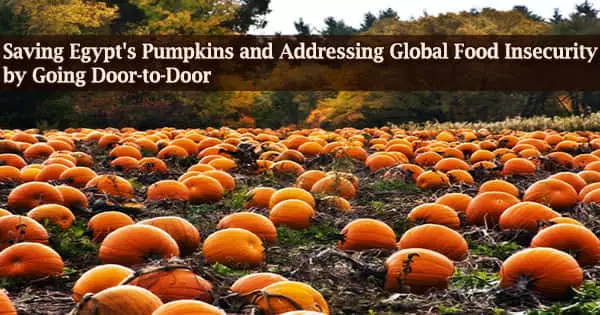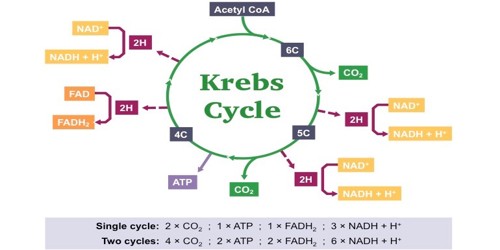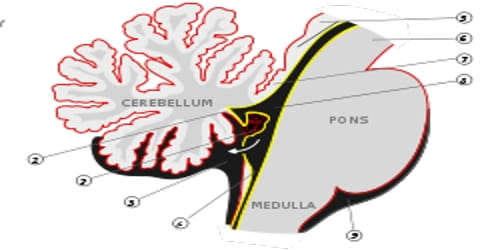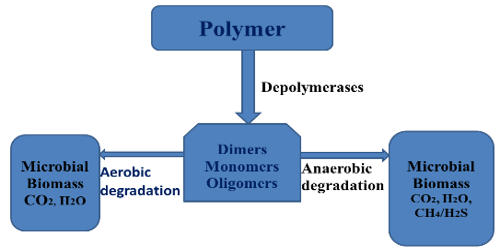How does one help save an iconic, nutritious Egyptian crop that will help meet the food security challenges resulting from climate change?
The easiest way to get started, according to an international team of researchers led by the University of Massachusetts Amherst, is to drive through central and northeastern Egypt, knock on the doors of small farmers, and ask for a handful of their pumpkin seeds.
The team has effectively traced the biochemical and molecular variations of nine different pumpkin types grown in several climatic zones of central and northeastern Egypt, according to the findings published recently in Molecular Biology Reports.
The study is an important first step toward determining which pumpkin varieties are best suited for conservation and varietal improvement in order to face the challenges of achieving food security in a changing world.
Pumpkins are often associated with the fall season in the United States when they appear in pies, cookies, and lattes. Pumpkins, on the other hand, are a year-round staple in many parts of the world.
Pumpkins are high in fat, protein, vitamins A, C, and E, as well as a variety of disease-fighting chemicals that can help prevent everything from cancer to reproductive problems. However, as Emad Mady, a UMass Amherst graduate student in environmental conservation and the paper’s senior author, points out, not all pumpkins are created equal.
One of the biggest problems in meeting the world’s food security challenges; is an international collaboration that can integrate local knowledge and resources to bring about positive change. This research is a model of how the small farming community and the scientific community can work together to address these pressing needs.
Timothy Randhir
“I first noticed this in Egypt,” Mady says. Small Egyptian farmers have been growing the pumpkins for generations, patiently breeding them to thrive in the local conditions, which can vary widely across the country.
Large agricultural firms, on the other hand, have begun bringing pumpkin seeds to Egypt that are not native to the country’s environment, posing a threat to the indigenous varieties’ survival. Furthermore, because these newer commercial seeds have not been bred for local conditions, they may exacerbate food poverty issues.
“Our goal,” says Mady, “is to determine which pumpkin cultivars are best suited for the local environments, and then use these cultivars as the basis for furthering pumpkin production in Egyptian agriculture.”
Mady accomplished this by visiting local farmers across the country, wandering through their fields, and gathering seeds. Before the seeds could decay, he worked with colleagues at Al-Azhar University and the Agricultural Genetic Engineering Research Institute in Egypt to run a number of chemical and molecular tests on them.
These tests were used to determine the nutritional value of certain local kinds, such as their fat, moisture, protein, fiber, mineral, and carbohydrate content, as well as the genetic markers that serve as a unique fingerprint for each variety.
Mady and his team at UMass Amherst and Springfield Technical Community College in the United States analyzed and categorized the findings after his Egyptian colleagues finished their chemical and molecular study.
They observed that the nutritional content of the samples Mady obtained varies significantly and that these variants may be properly recognized using genetic studies.
Overall, this collaboration between small farmers and international academics has demonstrated that Egyptian pumpkins can be used to help design future kinds that are both extremely nutritious and well adapted to Egypt’s unique environment.
“One of the biggest problems in meeting the world’s food security challenges,” says Timothy Randhir, professor of environmental conservation at UMass Amherst and one of the study’s co-authors, “is an international collaboration that can integrate local knowledge and resources to bring about positive change. This research is a model of how the small farming community and the scientific community can work together to address these pressing needs.”
















